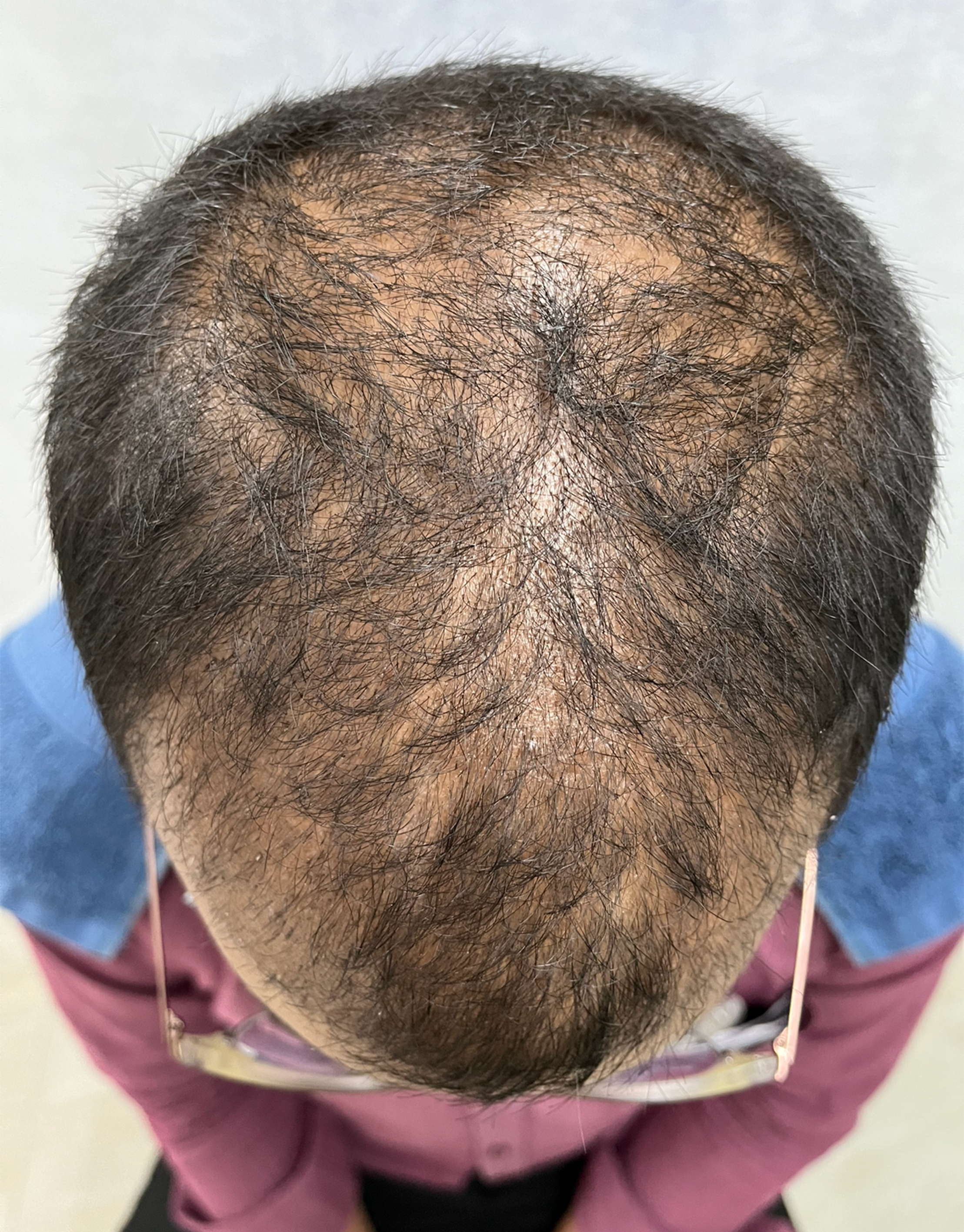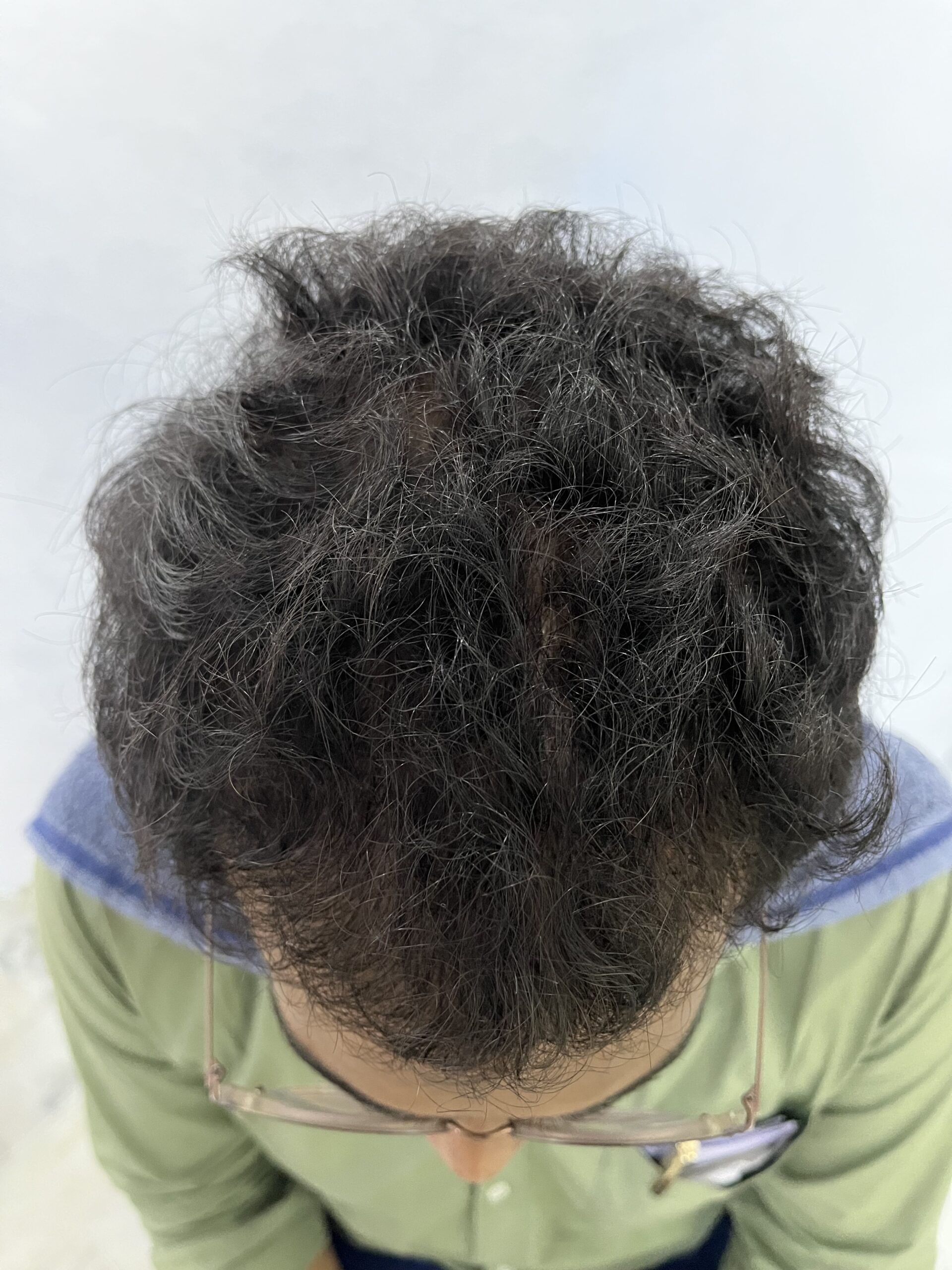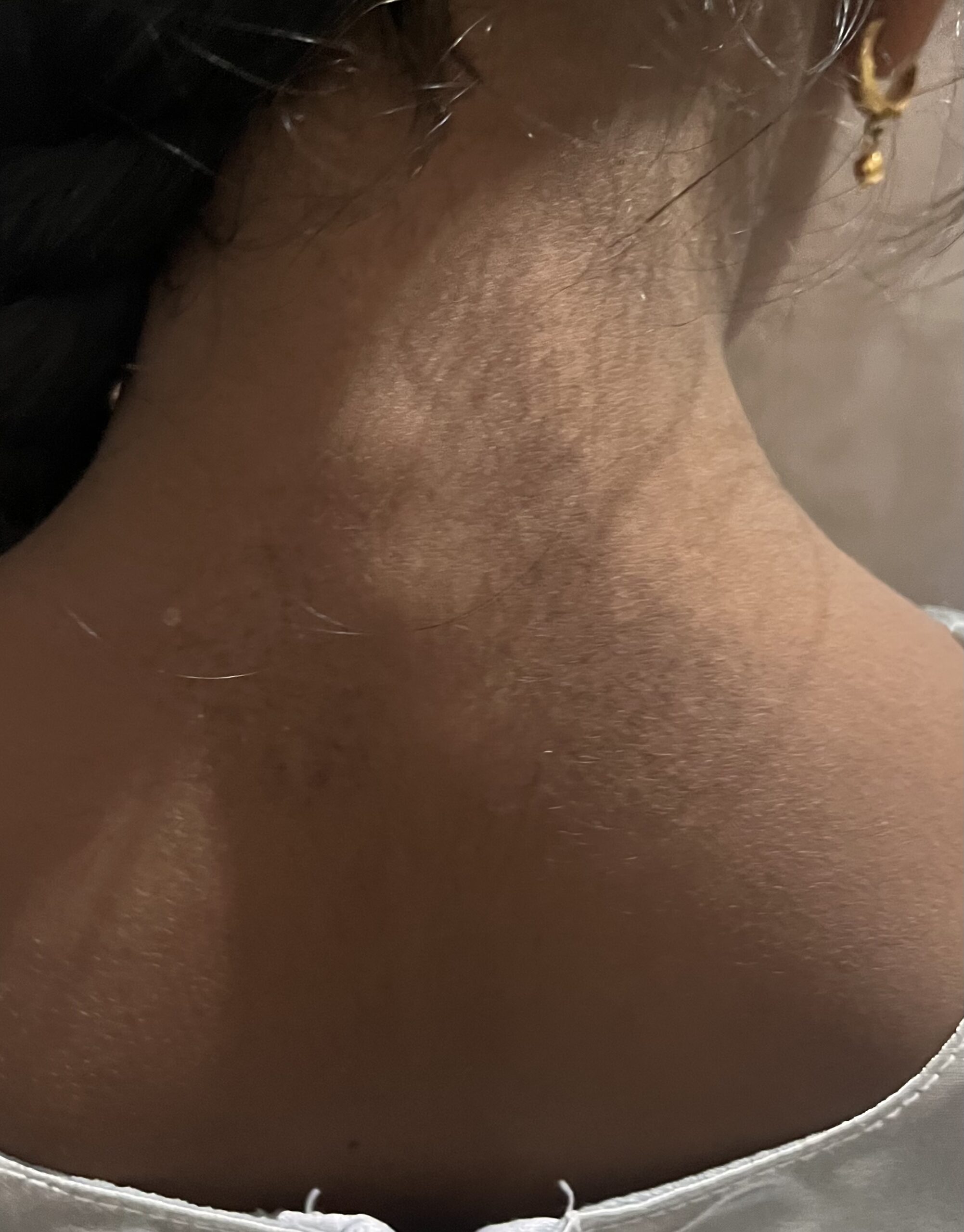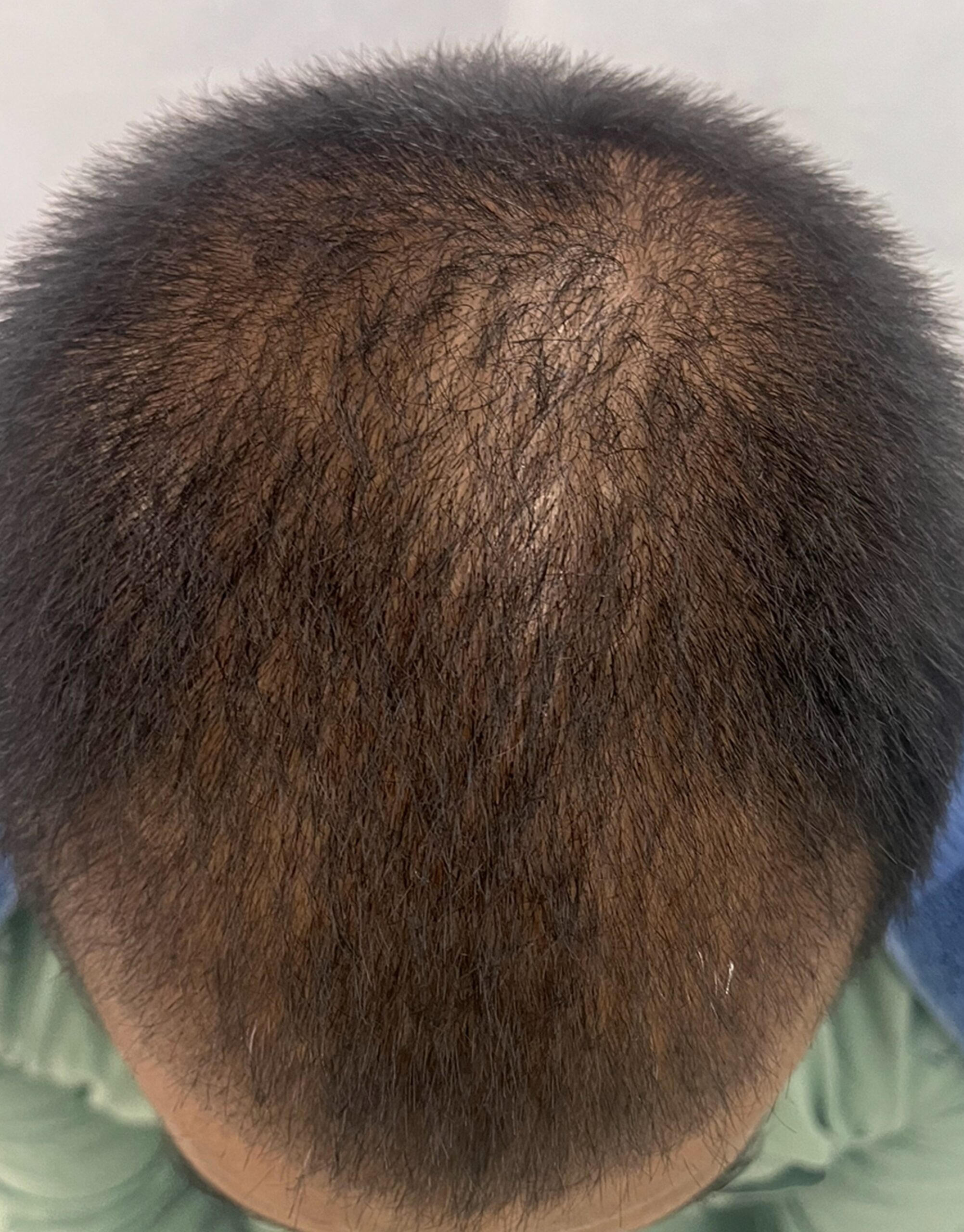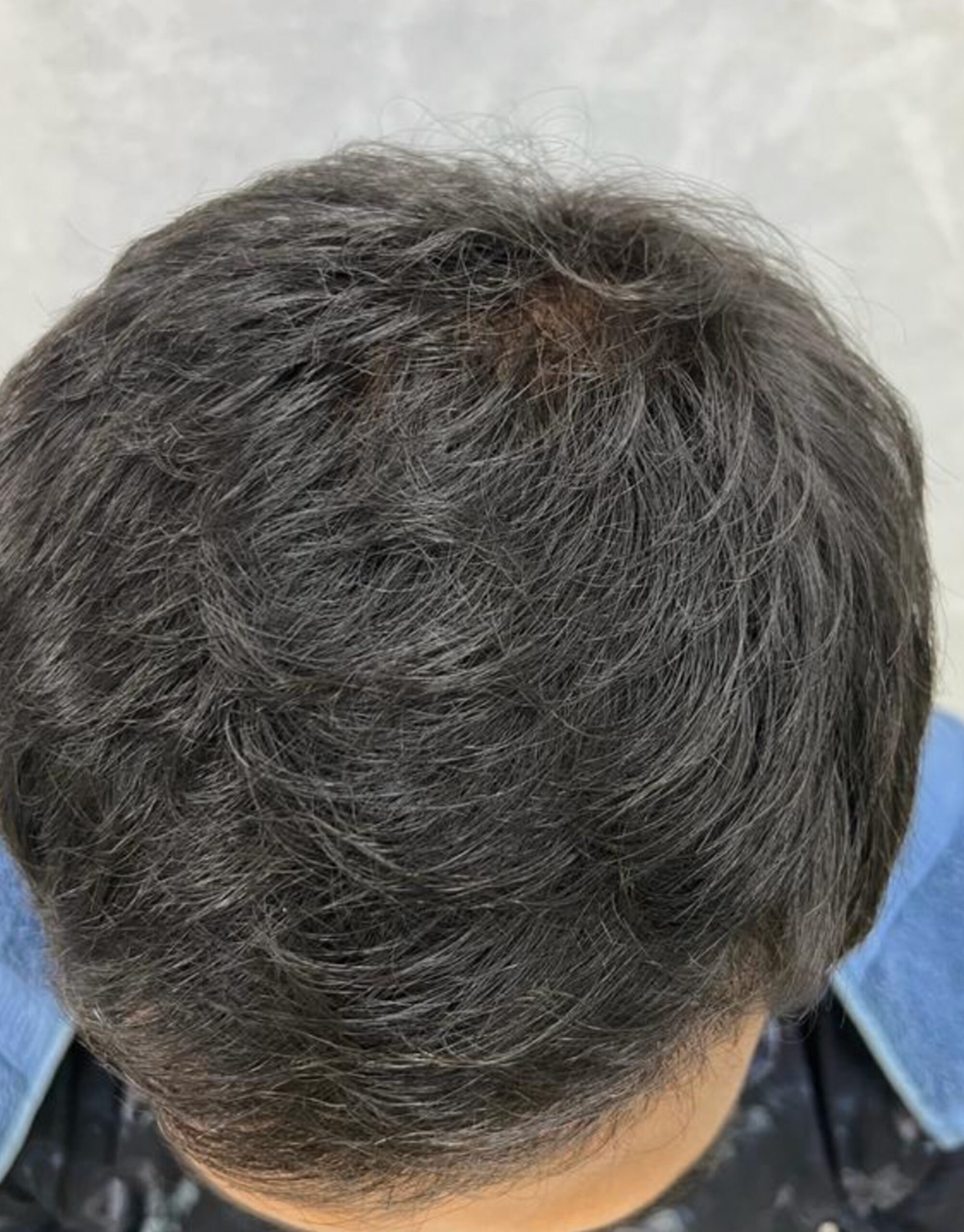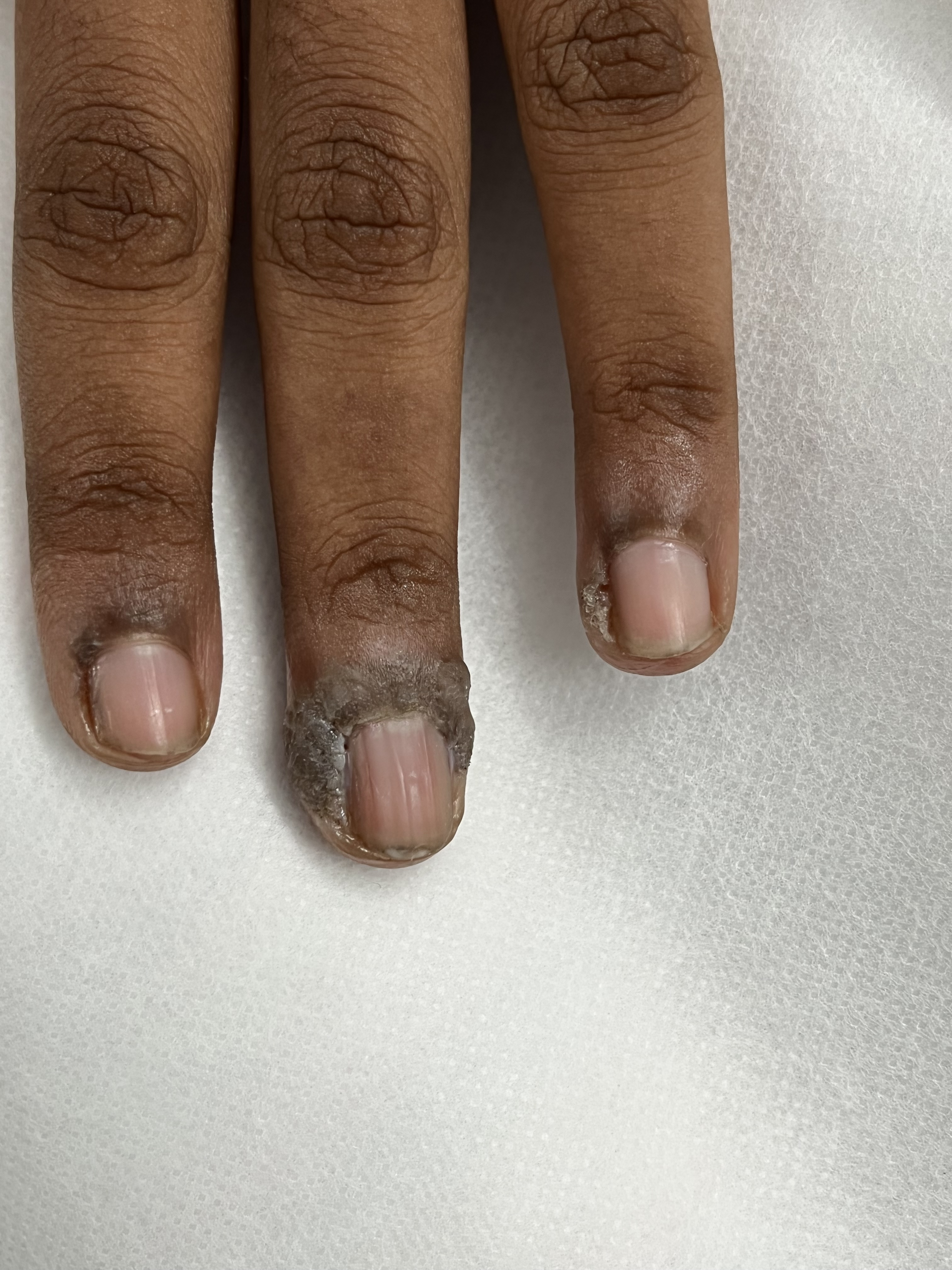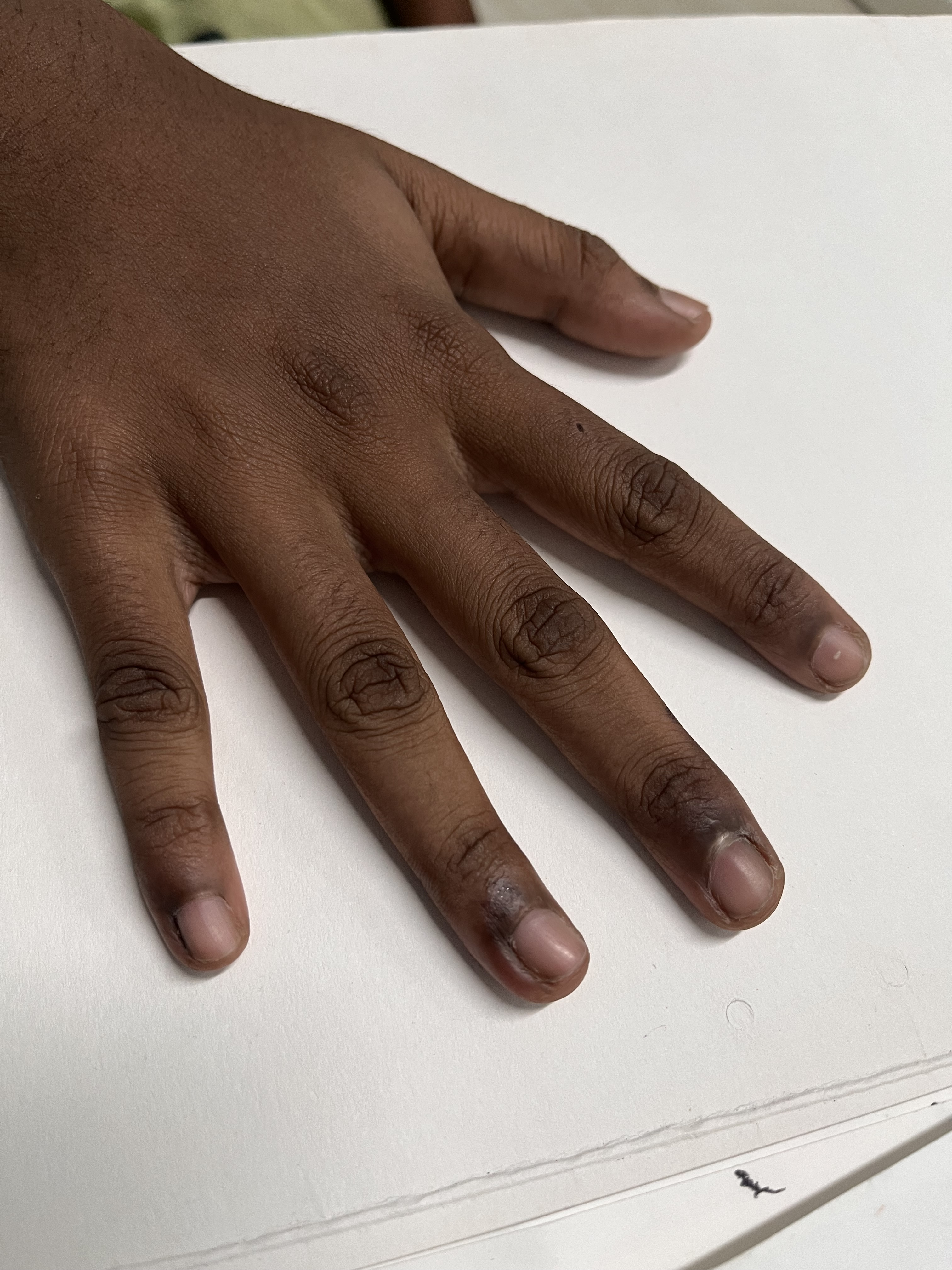Scalp Dandruff Treatment
Introduction
Seborrheic dermatitis, another name for scalp dandruff, is a prevalent disease that results in flaky, itchy, and inflamed skin on the scalp. In order to reduce inflammation and control the development of yeast that may contribute to the condition, medicated shampoos and topical treatments are frequently used in the treatment of scalp dandruff. It’s essential to remember that scalp dandruff treatment may need to be continued for a long time to avoid flare-ups. Scalp dandruff can also be controlled by making some lifestyle adjustments like lowering tension, getting enough sleep, and avoiding harsh hair products.

Pathophysiology
Seborrheic dermatitis, also known as scalp dandruff, is believed to be brought on by a combination of genetic, environmental, and immune factors, though its precise pathophysiology is still unknown. A yeast overgrowth called Malassezia, which is naturally prevalent on the skin, is what seborrheic dermatitis is known for. The dandruff signs of flaking, itching, and redness can be brought on by this overgrowth, which can also cause irritation and inflammation.
A variety of methods are usually used to treat scalp dandruff in order to lessen inflammation and yeast growth as well as any underlying issues that might be causing the problem. Salicylic acid, selenium sulfide, coal tar, or ketoconazole are examples of active ingredients in medicated shampoos that can manage dandruff and lessen itching and inflammation. These components function by lessening the development of yeast, eliminating surplus oils and dead skin cells, and reducing scalp inflammation.
Side Effects
Scalp dandruff, also known as seborrheic dermatitis, can cause a range of side effects, including:
- Flaking: The most prevalent sign of scalp dandruff, flaking can range from mild to severe and may be followed by itching.
- Itching: Dandruff on the scalp can make it feel irritated and itchy, which can be unpleasant.
- Redness: The scalp may look inflamed and red, especially in flaking regions.
- Dryness: Dandruff on the head can make it feel rough and dry, leading to flaking.
- A greasy or oily appearance: Even when someone regularly washes their hair, scalp dandruff can occasionally make the scalp look greasy or oily.
- Aching: Severe instances of scalp dandruff may result in aching and tenderness of the scalp.
How do Dermatologists do Scalp Dandruff Treatment?
Dermatologists may recommend a range of treatments for scalp dandruff, depending on the severity of the condition and the individual needs of the patient. Some common treatments for scalp dandruff include:
- Prescription shampoos: Shampoos with active components like salicylic acid, coal tar, selenium sulfide, or ketoconazole can help manage dandruff and lessen itching and inflammation.
- Topical corticosteroids: These medications are recommended to treat scalp inflammation and itching. These drugs can be applied straight to the scalp and reduce inflammation in the affected region.
- Topical antifungal drugs: These drugs may be given when a fungal infection is the root cause of scalp dandruff.
- Moisturizers: These products can lessen flaking and dryness on the hair.
- Light treatment: Dermatologists occasionally advise light therapy to treat dandruff on the scalp. This entails exposing the scalp to particular light wavelengths that have the ability to lessen inflammation.
Before & After Treatment Images
